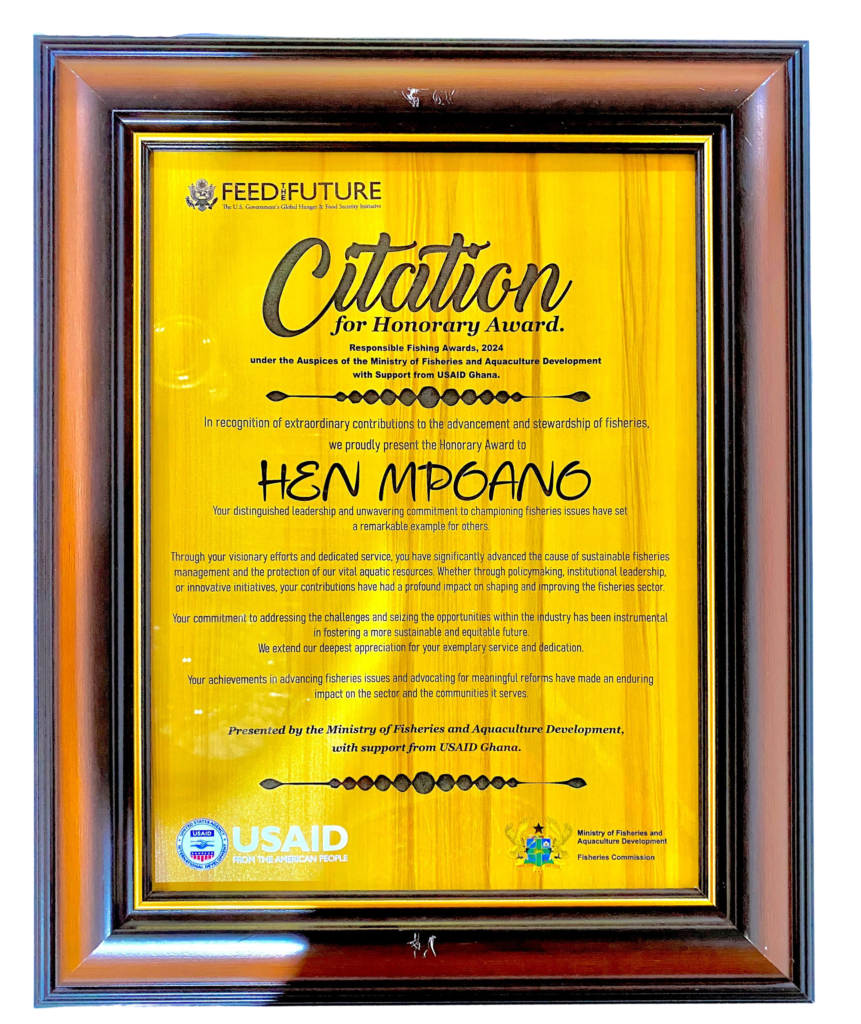Securing Child Rights in the Fisheries Sector in the Central Region and along the Volta Lake of Ghana (SECRIFISE)
[et_pb_section fb_built=”1″ _builder_version=”3.22″][et_pb_row make_equal=”on” _builder_version=”4.4.7″ background_image=”https://henmpoano.org/wp-content/uploads/2020/06/Slider-imageFinal.jpg” background_size=”initial” background_position=”top_left” background_repeat=”repeat” width=”100%” max_width=”1290px” module_alignment=”center” height=”454px” custom_margin=”|||0px|false|false” custom_padding=”|0px||0px|false|false” hover_enabled=”0″ title_text=”Slider imageFinal”][et_pb_column type=”4_4″ _builder_version=”3.25″ custom_padding=”|||” custom_padding__hover=”|||”][/et_pb_column][/et_pb_row][et_pb_row _builder_version=”3.25″ background_size=”initial” background_position=”top_left” background_repeat=”repeat”][et_pb_column type=”4_4″ _builder_version=”3.25″ custom_padding=”|||” custom_padding__hover=”|||”][et_pb_text _builder_version=”3.27.4″ background_size=”initial” background_position=”top_left” background_repeat=”repeat” inline_fonts=”Arial”]
Securing Child Rights in the Fisheries Sector in the Central Region and along the Volta Lake of Ghana (SECRIFISE)
Background to the Project
Child labour is a major problem in Ghana affecting about two million children aged between 5 and 17 years. It is a common practice across the country but twice as common in rural areas where poorer households use child labour as a negative coping mechanism. These children are used as unpaid labour in hazardous form of manual labour. Ghana Statistical service survey report from 2001 showed that of the 1.3 million children involved in child labour, over 49,000 were engaged in the fishing sector. A repeat survey conducted in 2012/2013 presented a worse situation with a rise in the number of children involved in child labour from 1.3 million to 1.9 million with the fisheries sector being one of the predominant sectors engaging child labourers. It is also estimated that on the Volta Lake alone, there are more than 49,000 working children with 21,000 forced to undertake hazardous child labour that includes risks to life. The trafficking in persons (TIP) report issued in 2016 by the US Department of State cited the prevalence of Child Labour and Trafficking (CLaT) in Ghana’s fisheries sector and ranked the country at Tier 2. Three years down the line, Ghana maintains its Tier 2 rank according to the TIP report released in June 2019.
The government of Ghana has shown a commitment to eradicating the worst forms of child labour in the Country. This commitment has led to commendable strides in the areas of legislation, policies and action plan development and implementation across relevant state agencies and institutions to address child rights issue. Ghana in 1999, ratified the Worst Forms of Child Labour Convention 1999 and the Palermo Protocol. Other national legislations such as the Child and Family Welfare Policy, National Social Protection Policy, Anti-child labour and trafficking in fisheries policy and National Action Plan against Child Labour have also been promulgated to provide social safety net for children. These legislations, policies and plans outline the roles and responsibilities of various state actors and institutions in child rights protection.
Despite Government commitment, other factors such as social norms also continue to impede the prevention and eradication of this menace. Some of these social norms which consider it acceptable for children to work and promote the view that many adolescent children should be treated as adults also impede the eradication of the menace.
The Project
Securing Child Rights in the Fisheries Sector in the Central Region and along the Volta Lake of Ghana (SECRIFISE) is a three-year (January 2020 – December 2022) project funded by the European Union and implemented by Hen Mpoano, CEWEFIA and Challenging Heights. The overall objective is to secure child rights in the fisheries sector by increasing public support for eliminating child labour and trafficking (CLaT), supporting the enforcement of anti-CLaT legislation and implementing community-based initiatives for integrating CLaT victims in mainstream society.
We aim to accomplish this by:
- promoting the adoption of positive attitudes and behaviour towards the elimination of CLaT in the fisheries sector
- support enforcement of anti-CLaT legislation by strengthening state institutions along the prosecutorial chain as well as institutions in CLaT source communities in the Central region and receiving communities along the Volta lake
- strengthen the effective and evidenced-based system for rescuing, rehabilitating and monitoring vulnerable children and linking them to state protection services
- improved business development services for households susceptible to CLaT.
Over the next three years, Hen Mpoano, CEWEFIA and Challenging Heights will work with five coastal districts (Efutu, Awutu Senya, Gomoa West, Abura Asebu Kwamankese and Komenda Edina Eguafo Abirem) in the central region and six districts (North Dayi, South Dayi, North Tongu, South Tongu, Pru and Keta) along southern Lake Volta. Through these efforts, we hope to protect the future of children by securing their rights to a better life.
For more information, contact: skankam@henmpoano.org
[/et_pb_text][/et_pb_column][/et_pb_row][/et_pb_section]


